Forensic Workforce Survey
The world’s population is both growing and aging: By 2050, one in six people will be over age 65, resulting in one billion more retirees than today. The shifting demographics will leave us with a significant deficit of older, experienced leaders — soon to be compounded by a shortage of younger individuals with the skills to excel in Forensic Science and the connections developed by organizational leaders.
Creating a workplace that attracts and retains staff continues to be a challenge, but with the upheaval of the last few years, a strong workplace culture is even more important. According to Gallup’s State of the Global Workplace: 2022 Report, only 21% of employees are engaged in their daily work, and this statistic can greatly impact team effectiveness. Enthusiastic employees are better suited to support the organization’s mission.
OUR GOAL
To that end, SmithGroup’s Forensics group conducted a study to explore the factors that are impacting the future for forensic scientists. We are excited to share our findings with topics that range from workforce satisfaction to priorities for today’s current forensics workforce, with the goal to arm organizational leadership across the country with strategies, trends, and best practices to support an engaged and collaborative culture for the profession.
TOP REASONS WHY U.S. WORKERS LEFT A JOB IN 2021: LOW PAY, NO ADVANCEMENT OPPORTUNITIES

Six-in-ten men say their current job makes it easier for them to balance work and family - higher than the share of women who say the same (48%).
Source: Pew Research Center 03/09/22

Majorities of workers who quit a job in 2021 say low pay (63%), no opportunities for advancement (63%) and feeling disrespected at work (57%) were reasons why they quit...
Source: Pew Research Center 03/09/22
THE GLOBAL WORKFORCE
- The world's population is aging
- In 2020, 41% of the global population was 24 years or younger
- By 2030, that percentage drops to 38.8%
- By 2035, there will be more people over 55 than under 15
Source: Catalyst Generations-Demographic trends in population and workforce. Quick Take (March 2, 2021)
SMITHGROUP FORENSICS SURVEY DEMOGRAPHICS AND RESPONDENT BREAKDOWN AT A GLANCE
With current insight provided by forensic industry staff across the country, we were able to better understand drivers from a broad range and cross section of age groups, levels of experience, and discipline focus.
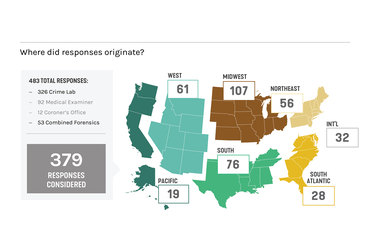
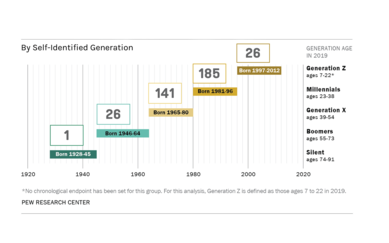
PROFESSIONAL MOTIVATION
The survey delved into what brought respondents to the forensics field and what is keeping them in it. Additionally, a list of factors was presented asking them to prioritize them based on importance and satisfaction levels. The responses can be found below.
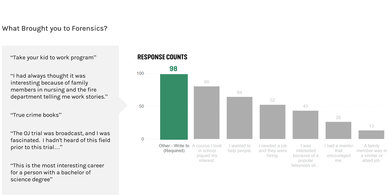
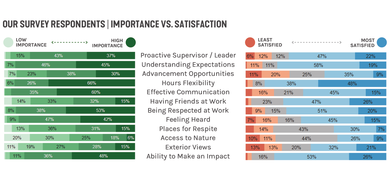
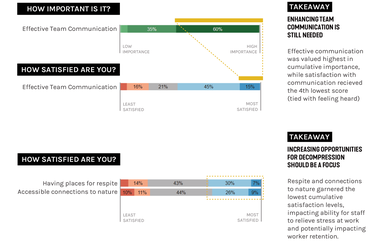
How can we rethink operations and workspaces to accommodate shifting demographics and values?
The physical and cultural environments within forensics facilities can be an effective strategic tool to attract, retain and inspire talent. They can also support the needs of today and provide flexibility for the future with proper planning and an understanding of where a jurisdiction may be headed.

• Improving Communication
• Staying Active
• Space for Respite
• Build a Community
• Connections to Nature
GENERAL OBSERVATIONS
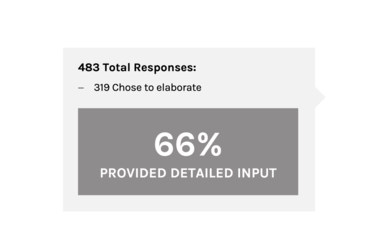
Why are you staying in the field?
“Because I was meant to do this. It’s a calling!”
“The opportunity to work with very smart and great colleagues, who challenge me every day.
“To continue learning and being able to have opportunities to learn new things that might not relate to my dedicated discipline.”
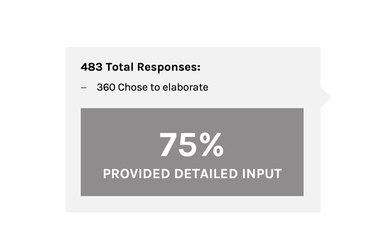
What aspect of working for your current organization that makes you the most proud?
“I have great satisfaction performing our mission.”
“Knowing what I do impacts the lives of many people in a positive way, both within my work and the city I work in.”
“I am part of a bigger thing. The integrity of my organization is second to none.”
LOW-HANGING HIRING STRATEGIES
Look beyond the resume | behavioral interview questions for cultural fit and probability of performing a role
Career development | allows employees to feel heard, aspire to a path, retention
Mentorship | particularly important after covid, in a virtual world. Continuous access to learning and leadership … sometimes remotely
Organizational policies / culture / amenities supporting culture

CONTACT
Chris Knorr, Forensic Market Leader, SmithGroup
455 N 3rd Street, Suite 250
Phoenix, Arizona 85004
(602) 824-5299
Chris Knorr serves as the forensic market leader for SmithGroup, an integrated design firm comprising 1,300 professionals with a goal to “Design a Better Future.” Chris believes that forensic facilities are at the front line of public health and should be seen as a society asset, critical to maintaining a safe and informed community by assessing trends in the population they serve. Working with a talented team of architects, engineers, interior designers, and planners, Chris strongly believes that it is critical to create work environments that support both forensic processing and the betterment of staff. Being proud of where you work is connected to the value perceived in the work.
Chris is a registered architect who lives and works in Phoenix, Arizona and actively writes on topics surrounding forensics. One of his latest published articles, ‘What do you mean it doesn’t fit?’ - Facility and operational considerations for next-generation forensic imaging equipment,” addresses critical aspects of facility design that improve chances of successful imaging equipment installation.
An avid hiker, Chris loves a long, strenuous challenge as it allows him to experience nature’s beauty with family and friends.